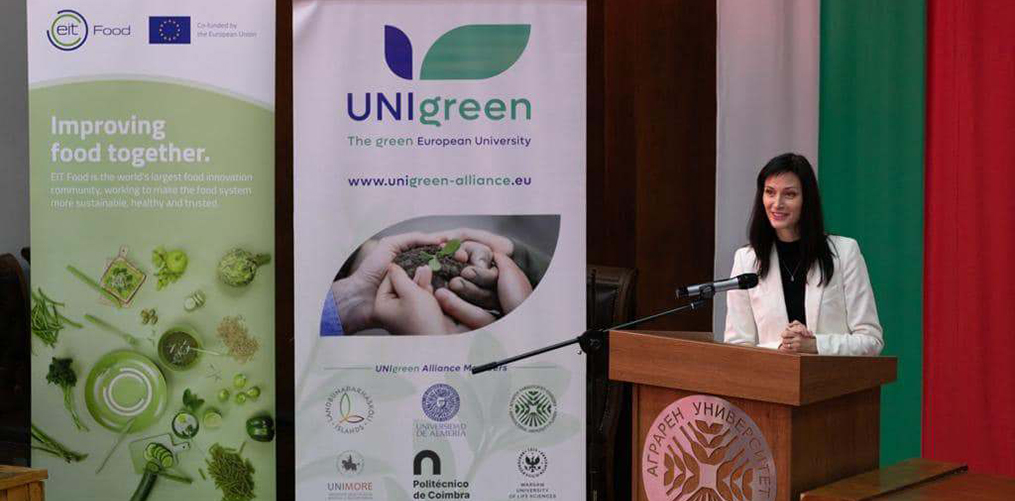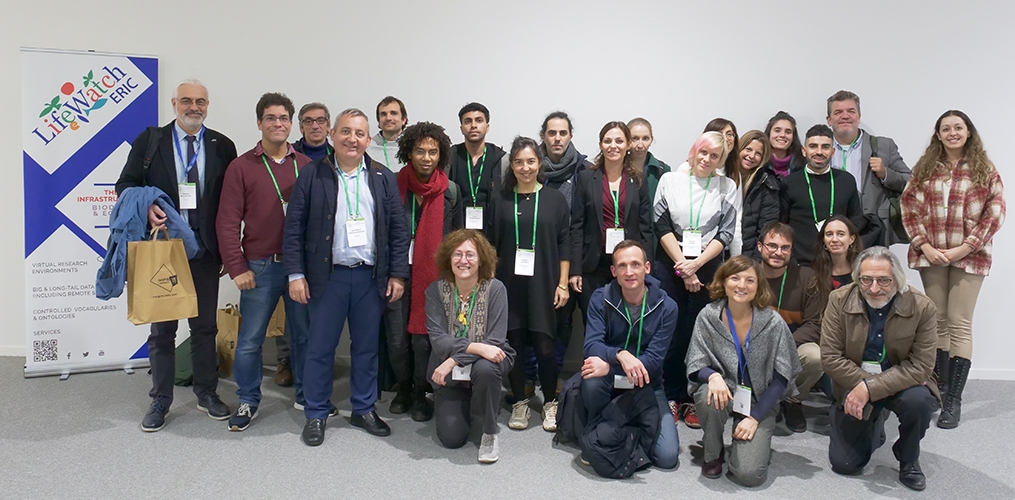The Big Annual Seashell Survey, with shells collected across more than 400 kilometres of beaches, has become one of the largest citizen science initiatives on Europe’s coasts. This annual LifeWatch Belgium initiative began in 2018, driven by the Flanders Marine Institute (VLIZ) in close cooperation with EOS Science, the Province of West Flanders, Natuurpunt, the Strandwerkgroep, Kusterfgoed and the ten coastal municipalities. In 2022, at the fifth edition, the Netherlands participated for the first time. And during last Saturday’s edition on 25 March, the Netherlands accounted for their entire coastline, and staff from CPIE Flandre Maritime in Zuydcoote (northern France) also took part.
In total, the estimated 2,000 participants picked up 82,444 shells (B: 40,770 ex.; NL: 34,689 ex.; F: 6,985 ex) from the beach during the Big Seashell Survey 2023. In the three countries combined, volunteers encountered 66 different species (B: 51; NL: 55; F: 35). The two most prevalent shells remain the Cut trough shell and Common cockle, making the top five in each of the three countries. There are also clear regional differences; Belgium again saw its ‘traditional’ trio score highest, with Cut trough shell (23%), Baltic tellin (23%) and Common cockle (21%). In the Netherlands too, the Cut trough shell was the most numerous shell (32%), followed by Common cockle (18%) and Elliptical trough shell (17%). The Baltic tellin made it into the top five only in Zeeland. The Zuydcoote counting station in France saw a top-three formed by Common cockle (24%), Pullet carpet shell (21%) and Blue mussel (17%). There, Cut trough shell only came in at position five. And Atlantic razor shell finished fourth in each of the countries.
Project initiator Jan Seys analyses the figures: “Over the entire length of the counted stretch, Cut trough shell and Common cockle are omnipresent. Most of these shells are old, as you can derive from the low number of double shells (<4%), and you find them everywhere. On top of that, you can clearly see local differences, with typically many Baltic tellin on the Belgian east and middle coasts and on the Zeeland coast, and for instance a striking number of recent Pullet carpet shell and Grooved razor shell towards the French border. The Netherlands, in turn, has more fossil Elliptical trough shell. To see those patterns, you need a Big Annual Seashell Survey.”
There were also striking differences among individual species. For instance, the Netherlands counted only 1,188 Blue mussels in total, while France collected 1,200 specimens at barely one station (and Belgium: 3,398 ex. At all ten stations). Soft-shelled clam, on the other hand, was only found in the Netherlands (total: 436 ex.).
In the three countries combined, the participants found 6 exotic species, accounting for 9% of the shell species. Expressed in number of specimens, the occurrence of exotics appears to increase proportionally towards the Channel. The abundance there of the Atlantic razor clam, supplemented by Dwarf surf clam and Japanese carpet shell makes the difference (F: 14.8%; B: 13.2%; NL: 7.7%). Other important exotic species are the American piddock, Pacific oyster and Slipper mullet.
Finally, this year, attention was also focused on the occurrence of round holes in shells, which testify to silent deaths perpetrated by predatory snails, such as necklace shells and Dogwhelk. These bore through the calcareous shells with their grating tongue, only to suck up the soft flesh inside with their proboscis. In any case, the snails themselves were relatively rare (Dogwhelk: 14 ex.; Spotted necklace shell: 106 ex.; Common necklace shell: 147 ex.). Interestingly, based on almost three hundred checked samples from the Belgian coast, less than 1% of all shells showed bore holes. Half of these occurred on the Cut trough shell; other important prey were Banded wedge-shell, Elliptical trough shell, Thick trough shell and Baltic tellin. Incidentally, many of the affected specimens were (sub)fossil ones.
The Big Seashell Survey 2023 was for everyone. In Ostend, two reception classes for foreign-speaking newcomers (OKAN) actively participated in the shell count, with 14–18-year-old participants from Pakistan, Romania, Ukraine, Somalia and Saudi Arabia, among others. And in Ghent, Ekoli vzw, working diligently for inclusive science, went to work with students of VBS Sancta Maria Gentbrugge.
This article was orignally posted on the website of LifeWatch Belgium.














